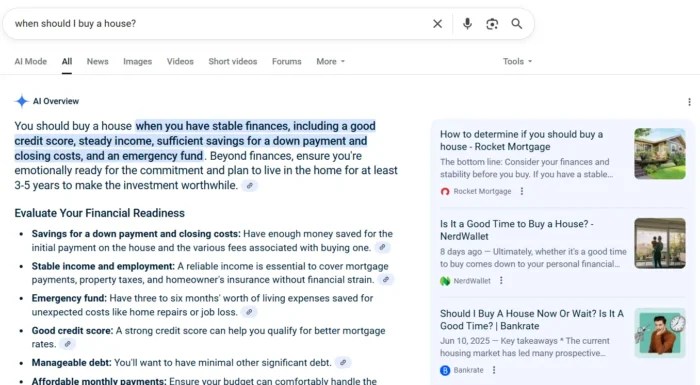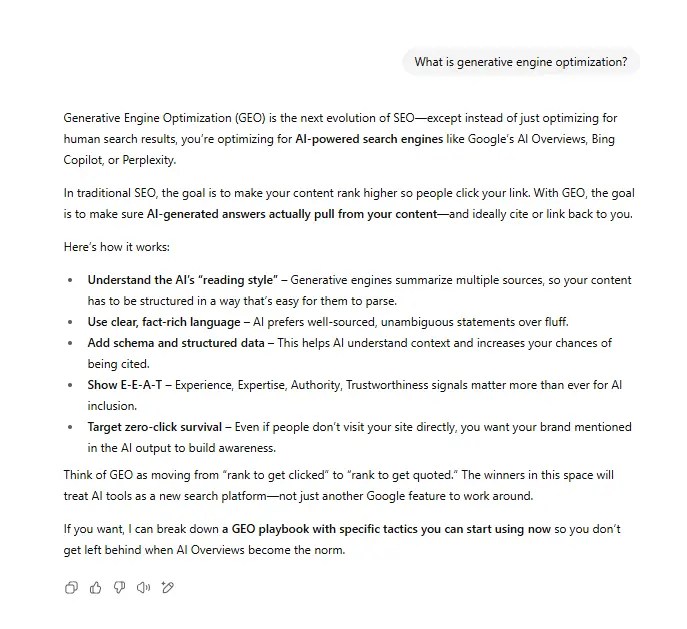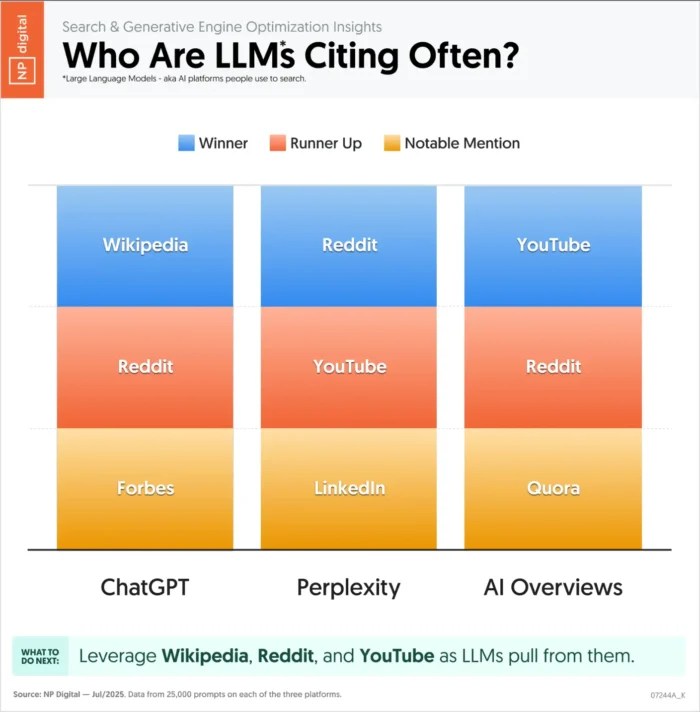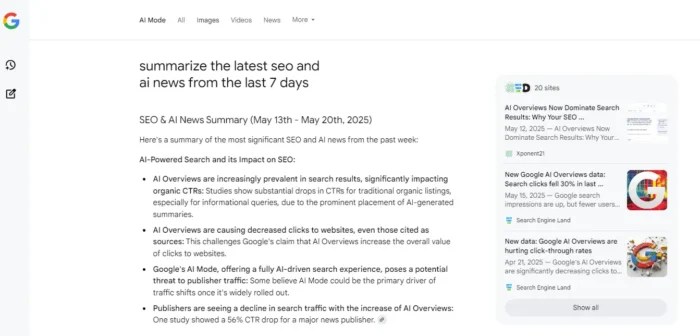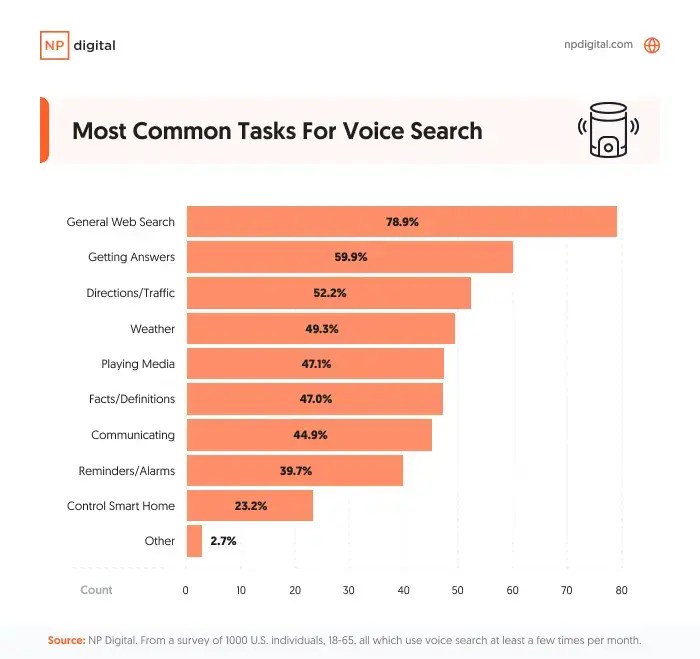How to tell if Google Ads automation helps or hurts your campaigns

Smart Bidding, Performance Max, and responsive search ads (RSAs) can all deliver efficiency, but only if they’re optimizing for the right signals.
The issue isn’t that automation makes mistakes. It’s that those mistakes compound over time.
Left unchecked, that drift can quietly inflate your CPAs, waste spend, or flood your pipeline with junk leads.
Automation isn’t the enemy, though. The real challenge is knowing when it’s helping and when it’s hurting your campaigns.
Here’s how to tell.
When automation is actually failing
These are cases where automation isn’t just constrained by your inputs. It’s actively pushing performance in the wrong direction.
Performance Max cannibalization
The issue
PMax often prioritizes cheap, easy traffic – especially branded queries or high-intent searches you intended to capture with Search campaigns.
Even with brand exclusions, Google still serves impressions against brand queries, inflating reported performance and giving the illusion of efficiency.
On top of that, when PMax and Search campaigns overlap, Google’s auction rules give PMax priority, meaning carefully built Search campaigns can lose impressions they should own.
A clear sign this is happening: if you see Search Lost IS (rank) rising in your Search campaigns while PMax spend increases, it’s likely PMax is siphoning traffic.
Recommendation
Use brand exclusions and negatives in PMax to block queries you want Search to own.
Segment brand and non-brand campaigns so you can track each cleanly. And to monitor branded traffic specifically, tools like the PMax Brand Traffic Analyzer (by Smarter Ecommerce) can help.
Dig deeper: Performance Max vs. Search campaigns: New data reveals substantial search term overlap
Auto-applied recommendations (AAR) rewriting structure
The issue
AARs can quietly restructure your campaigns without you even noticing. This includes:
- Adding broad match keywords.
- “Upgrading” existing keywords to broader match types.
- Adding new keywords that are sometimes irrelevant to your targeting.
Google has framed these “optimizations” as efficiency improvements, but the issue is that they can destabilize performance.
Broad keywords open the door to irrelevant queries, which then can spike CPA and waste budget.
Recommendation
First, opt out of AARs and manually review all recommendations moving forward.
Second, audit the changes that have already been made by going to Campaigns > Recommendations > Auto Apply > History.
From there, you can see what change happened on what date, which allows you to go back to your campaign data and see if there are any performance correlations.
Dig deeper: Top Google Ads recommendations you should always ignore, use, or evaluate
Modeled conversions inflating numbers
The issue
Modeled conversions can climb while real sales or MQLs stay flat.
For example, you may see a surge in reported leads or purchases in your ads account, but when you look at your CRM, the numbers don’t match up.
This happens because Google uses modeling to estimate conversions where direct measurement isn’t possible.
If Google doesn’t have full tracking, it fills gaps by estimating conversions it can’t directly track, based on patterns in observable data.
When left unchecked, the automation will double down on these patterns (because it assumes they’re correct), wasting budget on traffic that looks good but won’t convert.
Recommendation
Tell the automation what matters most to your business.
Import offline or qualified conversions (via Enhanced Conversions, manual uploads, or CRM integration).
This will ensure that Google optimizes for real revenue and not modeled noise.
When automation is boxed in: Reading the signals
Not every warning in Google means automation is failing.
Sometimes the system is limited by the goals, budget, or inputs you’ve set – and it’s simply flagging that.
These diagnostic signals help you understand when to adjust your setup instead of blaming the algorithm.
Limited statuses (red vs. yellow)
The issue
A Limited status doesn’t always mean your campaign is broken.
- If you see a red Limited label, this means your settings are too strict. That could mean that your CPA or ROAS targets are unrealistic, your budget is too low, etc.
- Seeing a yellow Limited label is more of a caution sign. It’s usually tied to low volume, limited data, or the campaign is still learning.
Recommendation
If the status is red, loosen constraints gradually: raise your budget and ease up CPA/ROAS targets by 10–15%.
If the status is yellow, don’t panic. This is Google’s version of telling you that they could use more money, if possible, but it’s not vital to your campaign’s success.
Responsive search ads (RSAs) inputs
The issue
RSAs are built in real-time from the headlines and descriptions you have already provided Google.
At a minimum, advertisers are required to write 3 headlines with a maximum of 15 (and up to 4 descriptions). The fewer the assets you give the system, the less flexibility it will have.
On the other hand, if you’re running a small budget and give the RSAs all 15 headlines and 4 descriptions, there is no way Google will be able to collect enough data to figure out which combinations actually work.
The automation isn’t failing with either. You’ve either given it too little information or too much with too little spending.
Recommendation
Match asset volume to the budget allocated to the campaign.
- If you’re unsure, aim to write between 8-10 headlines and 2-4 descriptions.
- If each headline/description isn’t distinct, don’t use it.
Conversion reporting lag and attribution issues
The issue
Sometimes, Google Ads reports fewer conversions than your business actually sees.
This isn’t necessarily an automation failure. It’s often just a matter of when the conversion is counted.
By default, Google reports conversions on the day of the click, not the day the actual conversion happened.
That means if you check performance mid-week, you might see fewer conversions than your campaign has actually generated because Google attributes them back to the click date.
The data usually “catches up” as lagging conversions are processed.
Recommendation
Use the Conversions (by conversion time) column alongside the standard conversion column.

This helps you separate true performance drops from simple reporting delays.
If discrepancies persist beyond a few days, investigate the tracking setup or import accuracy. Just don’t assume automation is broken just because of timing gaps.
Where to look in the Google Ads UI
Automation leaves a clear trail within Google Ads if you know where to look.
Here are some reports and columns to help spot when automation is drifting.
Bid Strategy report: Top signals
The issue
The bid strategy report shows some of the signals Smart Bidding relies on when there is enough data.
The “top signals” can sometimes make sense, and at other times, they can be a bit misleading.
If the algorithm relies on weak signals (e.g., broad search themes and a lack of first-party data), its optimizations will be weak, too.

Recommendation
Make checking your Top Signals a regular activity.
If they don’t align with your business, fix the inputs.
- Improve conversion tracking.
- Import offline conversions.
- Reevaluate search themes.
- Add customer/remarketing lists.
- Expand your negative keyword list(s).
Impression share metrics
The issue
When a campaign underdelivers, it’s tempting to assume automation is failing, but looking at Impression Share (IS) metrics tends to reveal the real bottleneck.
By looking at Search Lost IS (budget), Search Lost IS (rank), and Absolute Top IS together, you can separate automation problems from structural or competitive ones.
How to use IS metrics as a diagnostic tool.
- Budget problem
- High Lost IS (budget) + low Lost IS (rank): Your campaign isn’t struggling. It just doesn’t have enough budget to run properly.
- Recommendation: Raise the budget or accept capped volume.
- Targets too aggressive
- High Lost IS (rank) + low Absolute Top IS: If your Lost IS (rank) is high and your budget is adequate, your CPA/ROAS targets are likely too aggressive, causing Smart Bidding to underbid in auctions.
- Recommendation: Loosen targets gradually (10-15%).
Scripts to keep automation honest
Scripts give you early warnings so you can step in before wasted spend piles up.
Anomaly detection
- The issue: Automation can suddenly overspend or underspend when conditions in the marketplace change, but you often won’t notice until reporting lags.
- Recommendation: Use an anomaly detection script to flag unusual swings in spend, clicks, or conversions so you can investigate quickly.
Query quality (N-gram analysis)
- The issue: Broad match and PMax can drift into irrelevant themes (“free,” “jobs,” “definition”), wasting budget on low-quality queries.
- Recommendation: Run an N-gram script to surface recurring poor-quality terms and add them as negatives before automation optimizes toward them.
Budget pacing
- The issue: Google won’t exceed your monthly cap, but daily spend will be uneven. Pacing scripts help you spot front-loading.
- Recommendation: A pacing script shows you how spend is distributed so you can adjust daily budgets mid-month or hold back funds when performance is weak.
Turning automation into an asset
Automation rarely fails in dramatic ways – it drifts.
Your job isn’t to fight it, but to supervise it:
- Supply the right signals.
- Track when it goes off course.
- Step in before wasted spend compounds.
The diagnostics we covered – impression share, attribution checks, PMax insights, and scripts – help you separate real failures from cases where automation is simply following your inputs.
The key takeaway: automation is powerful, but not self-policing.
With the right guardrails and oversight, it becomes an asset instead of a liability.
Read more at Read More










